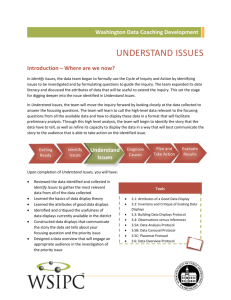teacher toolkit - Newspapers in Education
advertisement
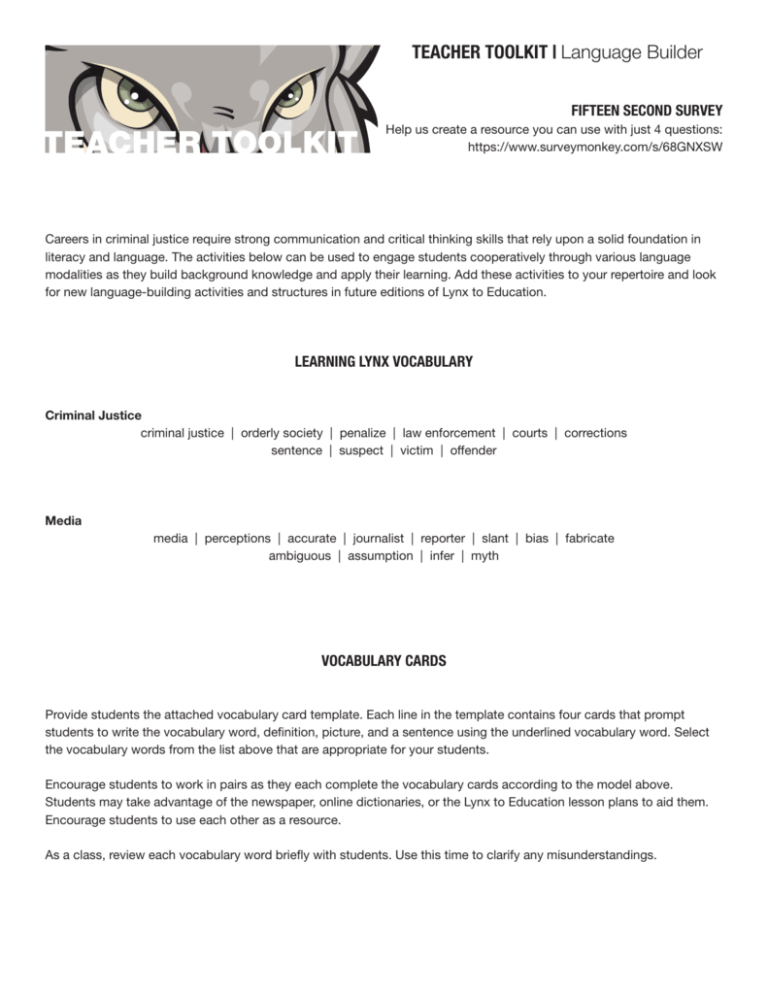
TEACHER TOOLKIT | Language Builder FIFTEEN SECOND SURVEY TEACHER TOOLKIT Help us create a resource you can use with just 4 questions: https://www.surveymonkey.com/s/68GNXSW Careers in criminal justice require strong communication and critical thinking skills that rely upon a solid foundation in literacy and language. The activities below can be used to engage students cooperatively through various language modalities as they build background knowledge and apply their learning. Add these activities to your repertoire and look for new language-building activities and structures in future editions of Lynx to Education. LEARNING LYNX VOCABULARY Criminal Justice criminal justice | orderly society | penalize | law enforcement | courts | corrections sentence | suspect | victim | offender Media media | perceptions | accurate | journalist | reporter | slant | bias | fabricate ambiguous | assumption | infer | myth VOCABULARY CARDS Provide students the attached vocabulary card template. Each line in the template contains four cards that prompt students to write the vocabulary word, definition, picture, and a sentence using the underlined vocabulary word. Select the vocabulary words from the list above that are appropriate for your students. Encourage students to work in pairs as they each complete the vocabulary cards according to the model above. Students may take advantage of the newspaper, online dictionaries, or the Lynx to Education lesson plans to aid them. Encourage students to use each other as a resource. As a class, review each vocabulary word briefly with students. Use this time to clarify any misunderstandings. TEACHER TOOLKIT | Language Builder TEACHER TOOLKIT VOCABULARY CONCENTRATION: Instruct students to work in pairs to cut out one set of cards and place them face down in scrambled order. The second set can remain intact to guide students during the game. Students take turns to select two cards. A student will have a match If they select two cards that correspond to the same word. When a student finds a match, he or she must explain how the two cards are connected. Only then may that student keep the cards and repeat their turn. Students continue playing until all cards have been selected and matched. The player with the most cards wins. If a pair of students finishes early, they may join another pair and play as a group of four, using two sets of cards. CSI: CRIME SCENE INFERENCES Instruct students to use the newspaper to find a recent crime story with an accompanying photograph. Think – Set a timer for two minutes and ask students to make inferences about what is happening in the scene. Remind students that just as investigators require evidence, their inferences must have evidence, as well. Pair – In partners, ask students to share their inferences. Encourage students to apply their new vocabulary words. Share – Allow students to share their inferences as a class. Discuss the following questions with your students: Were your inferences the same? Why or why not? MINDMAPPING Invite students to create a criminal justice mindmap on a blank sheet of paper. A mindmap is a collection of any words, phrases, or pictures that help illustrate a new concept. Use the Internet to perform an image search for “mindmap” to illustrate the variety that can be found and to emphasize that there is no right way to create a mindmap. Encourage your students to use their mindmap throughout the lesson, adding to it at any point and referring to it when necessary. TEACHER TOOLKIT | Language Builder TEACHER TOOLKIT WORD DEFINITION PICTURE SENTENCE WORD DEFINITION PICTURE SENTENCE WORD DEFINITION PICTURE SENTENCE WORD DEFINITION PICTURE SENTENCE

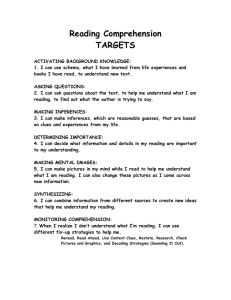
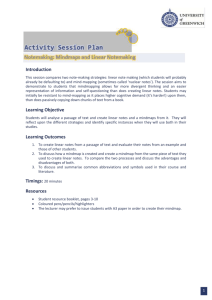
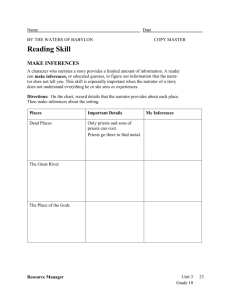
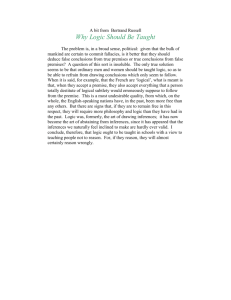

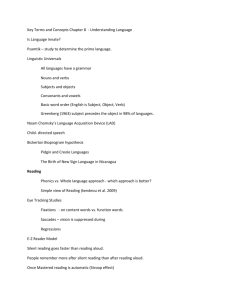
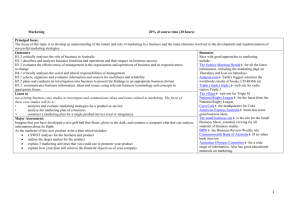
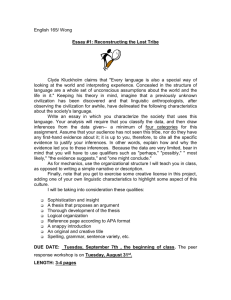
![Service Coordination Toolkit Transition Planning Checklist [ DOC ]](http://s3.studylib.net/store/data/006933472_1-c85cecf2cfb8d9a7f8ddf8ceba8acaf8-300x300.png)
